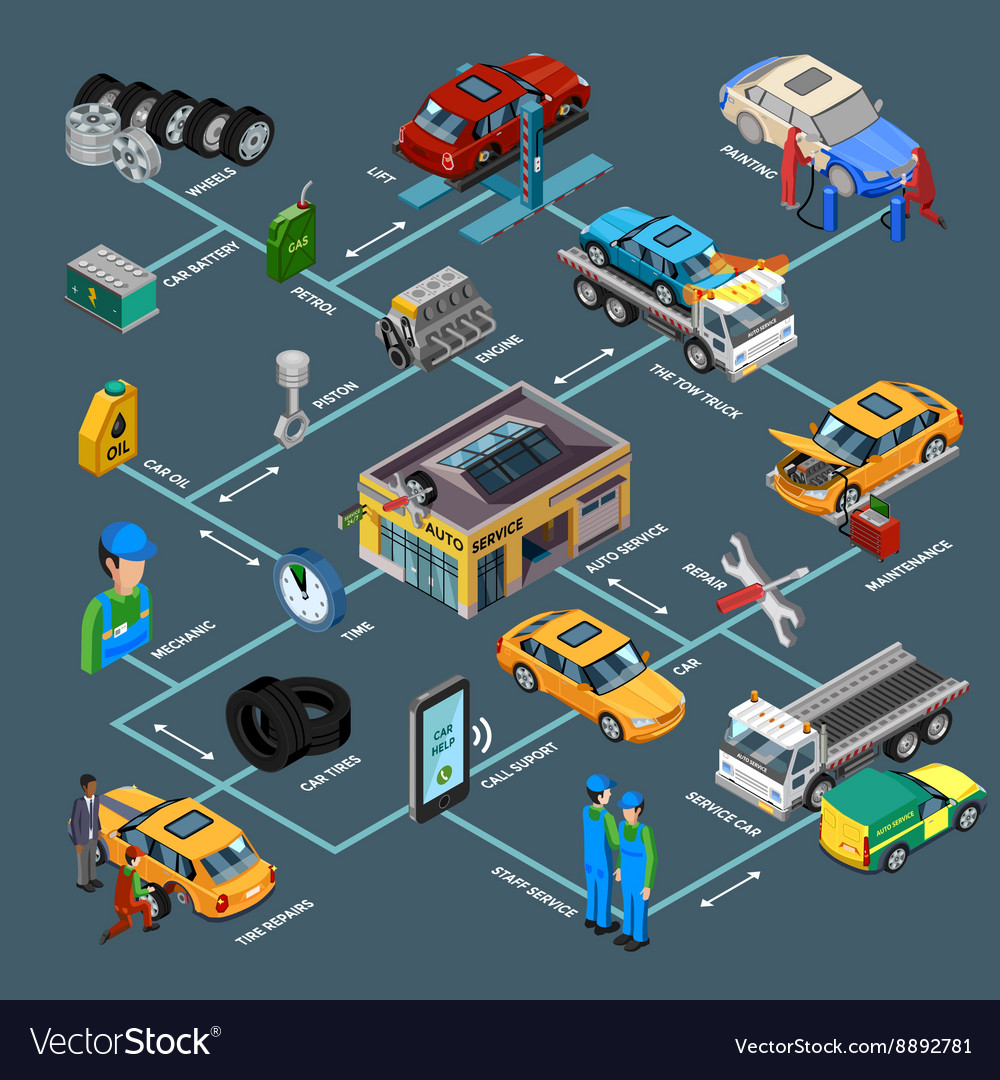Recognizing Your Auto'S Caution Lighting: What Do They Actually Mean?
Recognizing Your Auto'S Caution Lighting: What Do They Actually Mean?
Blog Article
Write-Up Author-Lim Corbett
When you lag the wheel, those glowing caution lights on your dashboard can be a little bit puzzling. Do you understand what they're trying to tell you about your car's health? Recognizing the value of these lights is crucial for your safety and security and the long life of your vehicle. So, the following time one of those lights appears, wouldn't you want to decipher its message accurately and take the required steps to address it?
Common Warning Lighting and Interpretations
Identify typical caution lights in your auto and recognize their significances to ensure secure driving.
The most regular warning lights include the check engine light, which indicates issues with the engine or emissions system. If this light comes on, it's crucial to have your automobile examined without delay.
The oil pressure alerting light indicates low oil pressure, needing immediate attention to prevent engine damage.
ceramic car coating nz blinking battery light may suggest a defective billing system, potentially leaving you stranded otherwise resolved.
The tire pressure tracking system (TPMS) light notifies you to low tire pressure, influencing vehicle security and gas effectiveness. Neglecting this might bring about harmful driving problems.
The abdominal muscle light shows a trouble with the anti-lock braking system, endangering your capacity to stop swiftly in emergencies.
Lastly, the coolant temperature level alerting light warns of engine overheating, which can result in serious damages otherwise resolved promptly.
Recognizing these usual caution lights will certainly assist you deal with issues immediately and preserve safe driving conditions.
Relevance of Prompt Focus
Comprehending the usual caution lights in your auto is only the first step; the importance of quickly dealing with these cautions can't be emphasized sufficient to ensure your security when traveling.
When a warning light illuminates on your control panel, it's your automobile's way of connecting a possible issue that requires focus. Neglecting https://www.aarp.org/money/budgeting-saving/info-2014/ways-to-save-on-auto-expenses.html can bring about a lot more extreme problems later on, compromising your security and possibly costing you extra out of commission.
Prompt interest to alerting lights can protect against failures and crashes. As an example, a flashing check engine light might suggest a misfire that, if left neglected, can trigger damages to the catalytic converter. Addressing this quickly can conserve you from a pricey fixing.
Similarly, a brake system alerting light might signify low brake liquid or used brake pads, crucial components for your safety and security when driving.
DIY Troubleshooting Tips
If you observe a caution light on your dashboard, there are a few do it yourself fixing tips you can try before looking for professional assistance.
The initial step is to consult your automobile's guidebook to understand what the details warning light shows. Occasionally the issue can be as straightforward as a loose gas cap causing the check engine light. Tightening https://oil-change-deals-near-me50493.webbuzzfeed.com/32655125/eco-friendly-auto-explaining-products-you-should-attempt may resolve the trouble.
Another usual concern is a low battery, which can activate various advising lights. Examining the battery connections for deterioration and guaranteeing they're secure may repair the problem.
If a warning light persists, you can try resetting it by detaching the car's battery for a couple of minutes and then reconnecting it. In addition, inspecting your car's fluid degrees, such as oil, coolant, and brake liquid, can help fix cautioning lights related to these systems.
Final thought
To conclude, comprehending your automobile's warning lights is important for keeping your automobile running smoothly and safely. By without delay dealing with these alerts and knowing what they mean, you can prevent expensive repairs and potential failures.
Keep in mind to consult your vehicle's guidebook for certain details on each alerting light and act accordingly to guarantee a trouble-free driving experience.
Remain informed, remain secure when driving!
